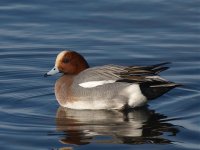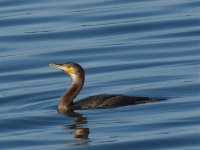I am very impressed ,TheMusicMan, with your Puffin images. Gives me something to aim for. It is pleasing to know that the combination can produce superb results. I would be grateful to know what post processing you do and how you normally do it. Could I get such results straight out of the camera or do I need to learn how to use photoshop or equivalent rather than use basic Master 2 software? Thanks.
Hi Jon
Apologies for the delayed response...
Thanks for the comments re my Puffin images, very much appreciated. As for post processing, I use Lightroom for 99% of my PP, and for my bird images I tend not to delve into the amendments and PP adjustments that can be obtained from Photoshop. Lightroom allows one to process images in batches and so what I would normally do - given that probably most of the images I am to process at a given time, would have been taken under similar conditions - I would work through the following workflow.
I'd first, of course, check for deletes, then keepers, leaving me with some middle graded images that I may at some point return to.
I then ensure the correct MetaData is applied to the images I wish to publish, and I then work on one of them; checking for white balance, exposure, clipping etc, then would sharpen for web. I'd then save that setting as a preset, and apply it to all the 'keepers', then upload to my Zenfolio Gallery directly from Lightroom using a superb plug-in that's available to accomplish this.
Seems a lot, but takes only minutes really once you have mastered the way you work in Lightroom.
The only time I really use Photoshop is when I need to do adjustments to portrait work, or when I need a border around any images - though once again there's a superb plug-in for Lightroom that allows one to watermark images and add borders to them - all from within Lightroom.
Hope this helps Jon.






